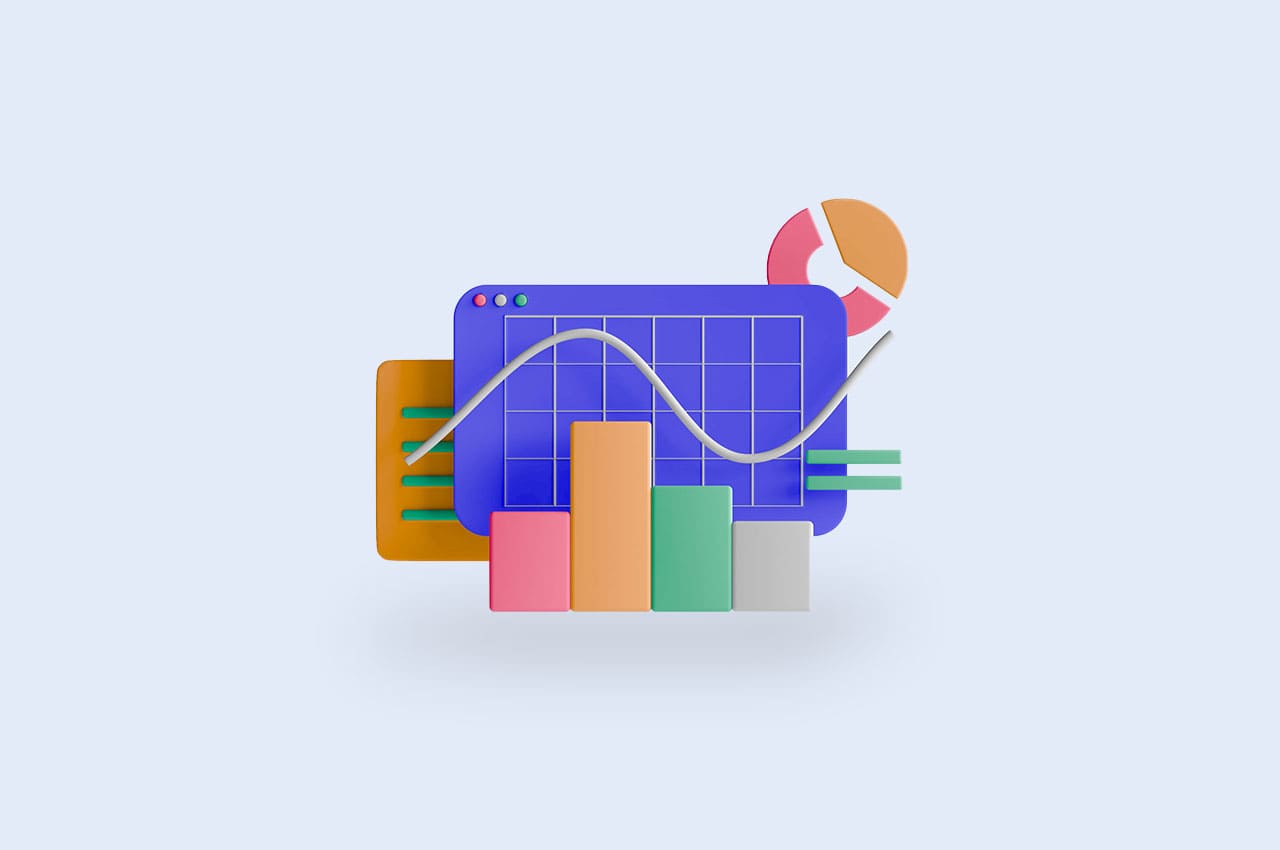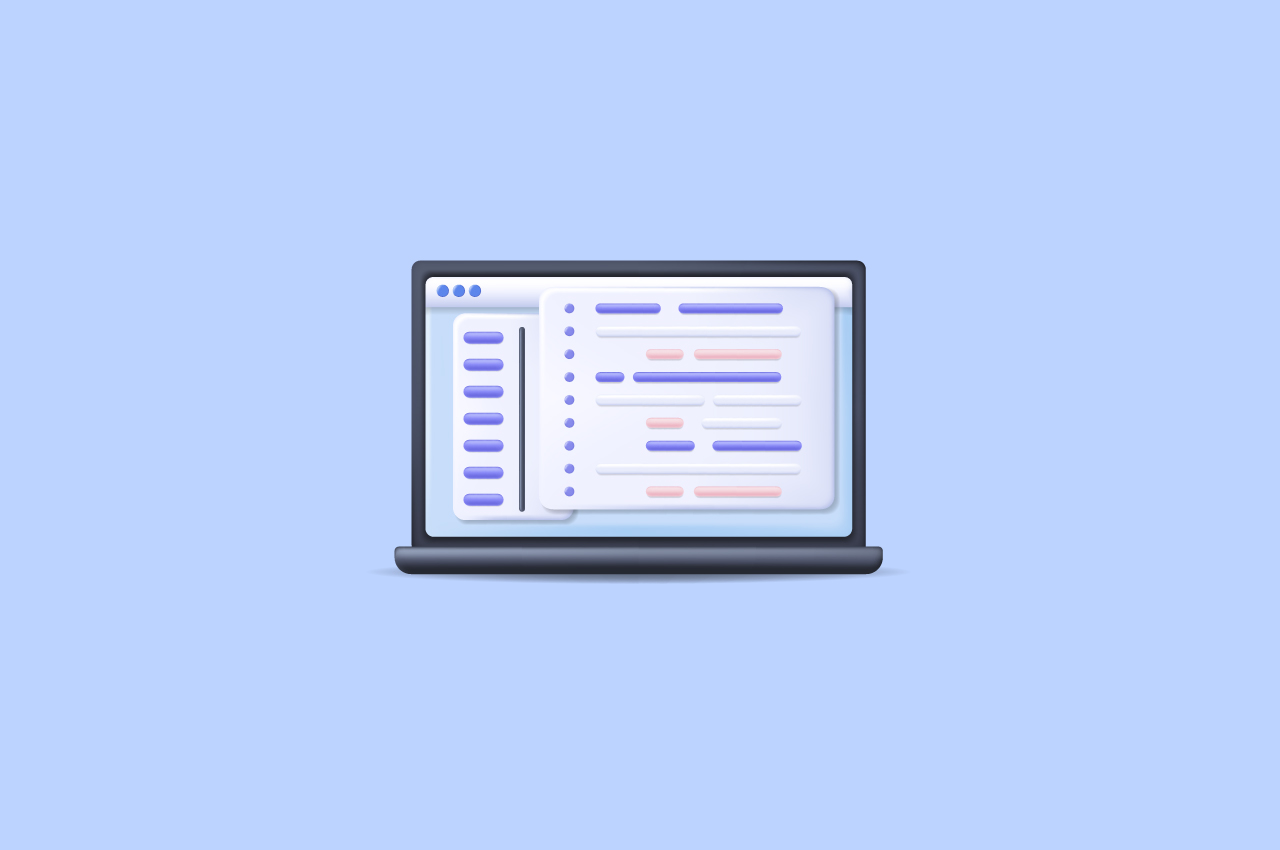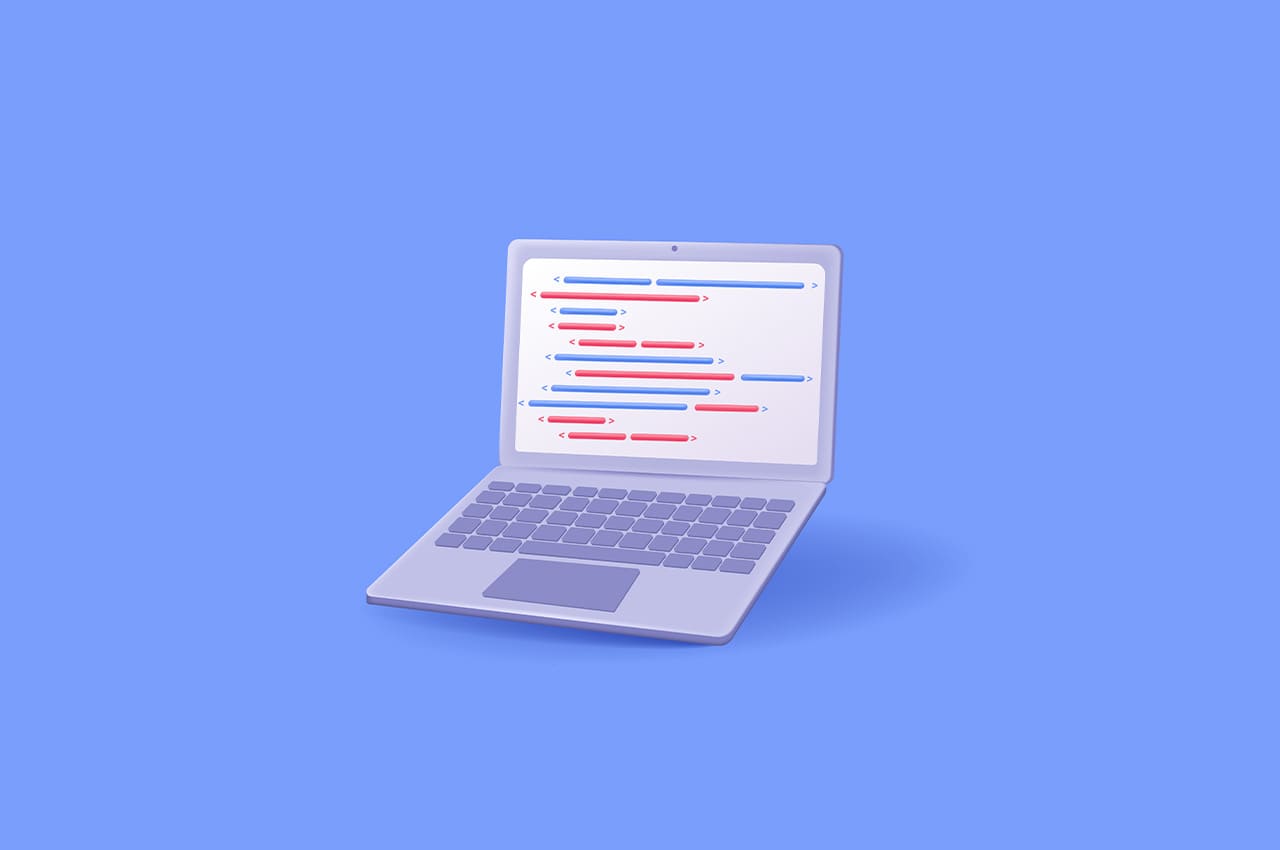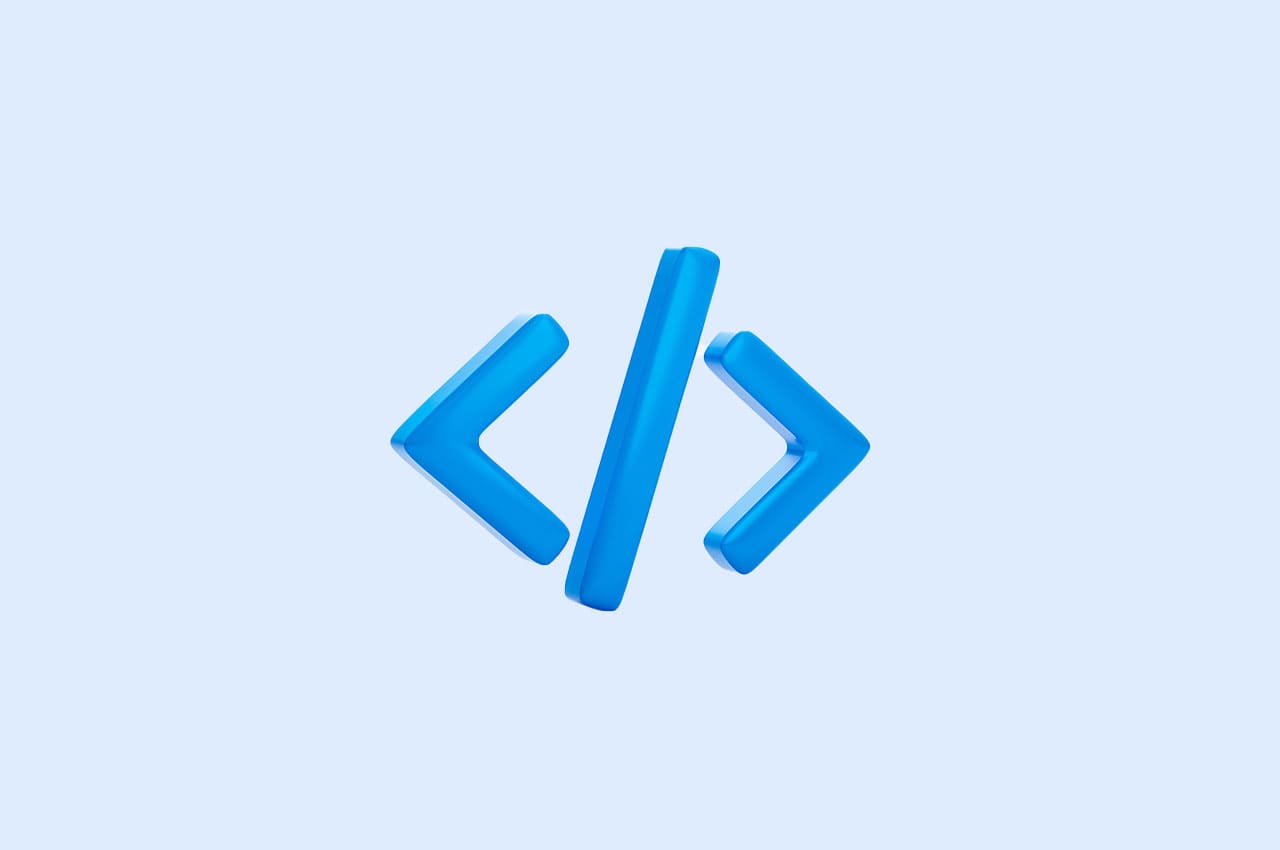Role of Data Analytics in Horilla HRMS [Human Resource Management]

HR management is increasingly relying on data analytics to make informed decisions in today’s data-driven world. Horilla HRMS is a comprehensive solution that uses advanced reporting tools to extract valuable insights from HR data.
This blog delves into the key features and benefits of Horilla advanced reporting tools to examine the transformative impact of data analytics in HRMS.
Learn how HRMS of Horilla enables businesses to analyze workforce data, optimize recruitment and selection, improve employee performance, and ensure compliance. With Horilla HRMS, you can unleash the power of data analytics and revolutionize your HR management practices.
The Role of Data Analytics in HRMS
In the age of big data, data analytics, is critical in HR management. Organizations can gain valuable insights from vast amounts of HR data by combining HRMS with advanced reporting tools such as Horilla. Data analytics enables data-driven decision-making, allowing HR professionals to make strategic decisions based on data. Organizations can optimize workforce planning by identifying trends, patterns, and workforce gaps using data analytics. It aids in predicting future talent requirements, allowing for proactive recruitment and succession planning. Organizations can identify top performers, determine training needs, and improve overall productivity by analyzing employee performance data.
Furthermore, data analytics enables human resource professionals to assess the efficacy of various HR initiatives, such as training programs, employee engagement activities, and performance management strategies. Organizations can assess the impact of these initiatives and make data-driven adjustments for continuous improvement by tracking key metrics and analyzing data. Data analytics improves compliance and risk management as well. Organizations can identify potential risks, such as noncompliance with labor laws or employee misconduct, and take proactive measures to mitigate them by monitoring HR data.
In conclusion, data analytics in HRMS transforms HR management by delivering actionable insights for informed decision-making. It allows businesses to improve workforce planning, talent management, and performance evaluation. By harnessing the power of data analytics through Horilla advanced reporting tools, organizations can gain a competitive edge and drive sustainable growth.
Key Features of Horilla Advanced Reporting Tools:
Horilla HRMS provides powerful reporting and analytics tools, allowing organizations to maximize the value of their HR data. Horilla advanced reporting capabilities enable HR professionals to gain in-depth insights into various aspects of their workforce.
1. Customizable Dashboards: HRMS of Horilla includes customizable dashboards that allow users to choose which key metrics, charts, and visualizations they want to monitor on a regular basis. This feature provides a quick and comprehensive view of HR data, allowing for more informed decision-making.
2. Data Visualization: Horilla reporting tools display HR data visually in the form of charts, graphs, and infographics. Data visualization facilitates a better understanding of HR metrics and performance indicators by making it easier to identify patterns, trends, and outliers.
3. Scheduled Report Generation, Export, and Sharing: Horilla reporting tools enable you to schedule report generation, export reports in a variety of formats, and share them with stakeholders. This feature improves communication and collaboration within the organization.
Enhancing Recruitment and Selection with Data Analytics:
To attract and select the best candidates in today’s competitive job market, organizations must make data-driven decisions. By providing valuable insights and improving decision-making, data analytics plays a critical role in enhancing recruitment and selection processes.
Resume screening is one area where data analytics can improve recruitment. HRMS systems like Horilla can automatically scan and analyze resumes, identifying key qualifications, skills, and experience, by leveraging advanced algorithms and machine learning. This automated screening process saves recruiters time and effort by focusing on candidates who closely match the desired criteria.
Organizations can also use data analytics to identify top talent and improve hiring decisions. HR professionals can identify patterns and characteristics that correlate with high performance by analyzing historical data on successful hires and performance metrics. This data-driven approach aids in the creation of more accurate candidate profiles and their alignment with the needs of the organization, increasing the likelihood of making successful hires.
Furthermore, data analytics can shed light on the efficacy of various recruitment channels and strategies. Recruiters can identify the most productive channels for attracting qualified candidates by tracking and analyzing data on the source of candidates. This data can be used to guide recruitment efforts and optimize resource allocation to achieve the best possible results.
Candidate assessment is another useful application of data analytics in recruitment. HRMS systems such as Horilla can use psychometric assessments, skills tests, and behavioral assessments to collect information about candidates’ abilities, aptitudes, and fit for specific roles. This information aids in the creation of more objective and accurate assessments, the reduction of biases, and the enhancement of the quality of hiring decisions.
Organizations can streamline their processes, improve the quality of hires, and reduce time-to-fill positions by utilizing data analytics in recruitment and selection. These data-driven insights empower HR professionals to make informed decisions, identify top talent, and optimize the recruitment strategy in order to attract the best candidates for the organization’s success.
Optimizing Employee Performance with Data Analytics:
Data analytics is critical in optimizing employee performance because it provides organizations with valuable insights into individual and team productivity, goal achievement, and areas for improvement. Here are some examples of how data analytics can be used to improve performance management processes.
- Performance Reviews: By aggregating and analyzing relevant performance data, data analytics can support objective and data-driven performance reviews. This enables managers to more accurately assess employees’ accomplishments, strengths, and areas for development. Organizations can ensure fairness and transparency in the evaluation process by leveraging analytics.
- Goal Tracking: Organizations can use data analytics to track and monitor employees’ progress toward their goals. Managers can gain real-time visibility into goal attainment and identify potential roadblocks or areas in need of additional support by collecting and analyzing data on key performance indicators (KPIs). This helps employees stay on track by aligning individual goals with organizational objectives.
- Identifying Improvement Opportunities: Analytics can reveal patterns and trends in employee performance data, allowing organizations to identify areas where additional training, coaching, or support may be required. Managers can develop targeted interventions to address skill deficiencies and improve overall performance by analyzing data on performance gaps.
- Predictive Analytics: Organizations can make predictive assessments of employee performance using advanced analytics techniques. Organizations can predict future success by analyzing historical data and identifying factors that correlate with high performance. This makes proactive talent development and succession planning possible.
Finally, incorporating data analytics into performance management enables organizations to make data-driven decisions, boost employee engagement, and drive continuous improvement. Organizations can unlock the full potential of data analytics, optimize employee performance, and foster a high-performance culture by utilizing Horilla advanced reporting tools.
Ensuring Compliance and Risk Management:
Data analytics is critical for ensuring regulatory compliance and mitigating risks within an organization. Organizations can use data analytics to monitor employee engagement, turnover rates, and various HR metrics in order to identify potential compliance issues and take proactive measures to address them.
- Compliance Monitoring: Organizations can track and analyze HR data related to regulatory requirements, such as employee work hours, leave policies, and diversity and inclusion metrics, using data analytics. Organizations can identify deviations from compliance standards and take corrective actions to ensure adherence by leveraging analytics tools.
- Risk Identification: Data analytics can assist in identifying potential risks within the workforce, such as high turnover rates, low employee engagement, or workplace safety issues. By analyzing relevant HR data, organizations can proactively identify and address these risks, implementing strategies to improve employee satisfaction, reduce turnover, and enhance overall organizational performance.
- Predictive Analytics for Risk Mitigation: Advanced analytics tools, such as predictive analytics, can assist organizations in forecasting potential risks and taking preventive measures. Organizations can predict risks such as high turnover in specific departments or potential compliance breaches by analyzing historical data and identifying patterns, allowing them to implement targeted strategies to mitigate these risks.
Horilla HRMS provides advanced reporting and analytics capabilities, allowing organizations to effectively monitor compliance and mitigate risks. Organizations can access real-time insights and address any compliance or risk-related issues with customizable dashboards and data visualization features. Organizations can ensure regulatory compliance, mitigate risks, and create a secure and compliant work environment by leveraging Horilla HRMS analytics tools.
Security and Privacy Considerations:
When it comes to HRMS data analytics, data security, and privacy are critical. Organizations must prioritize the security and privacy of sensitive employee information as they use data analytics to gain insights from their HR data.
- HR Data Confidentiality: Organizations must ensure that employee data is secure and only accessible to authorized personnel. To protect HR data and prevent unauthorized access, Horilla HRMS employs strong security measures such as encryption, access controls, and role-based permissions.
- Data Integrity: It is critical to maintain data integrity in order to ensure the accuracy and reliability of HR analytics. Horilla HRMS uses data validation and verification processes to detect and correct discrepancies or errors in data, ensuring the integrity of the information used for analytics.
- Anonymization and Aggregation: To protect users’ privacy even further, Horilla HRMS employs techniques such as anonymization and data aggregation. The system protects individual identities while providing valuable insights for analytics by aggregating data and removing personally identifiable information.
- Regular Security Audits and Updates: Horilla HRMS is subjected to regular security audits and updates in order to address potential vulnerabilities and keep up with the most recent security measures. This ensures that the system remains robust and resilient against evolving cybersecurity threats.
By prioritizing data security and privacy, Horilla HRMS offers organizations the assurance that their HR data is protected, enabling them to leverage the power of data analytics while maintaining the trust and confidence of their employees.
Conclusion:
In conclusion, data analytics has transformed HRMS by providing organizations with valuable insights to drive informed decision-making. Organizations can use Horilla advanced reporting tools to unlock the power of data and gain a competitive advantage in HR management. Data analytics enables HR professionals to make data-driven decisions that align with organizational goals, from recruitment optimization to performance evaluation, workforce planning to compliance monitoring. Using Horilla HRMS, organizations can unlock the full potential of data analytics, improve HR processes, and achieve better results. Use Horilla advanced reporting tools to harness the power of data analytics and propel your HR management to new heights of success.
To read more about HRMS trends in 2023, refer to our blog Top 7 HRMS Trends to Watch in 2023




